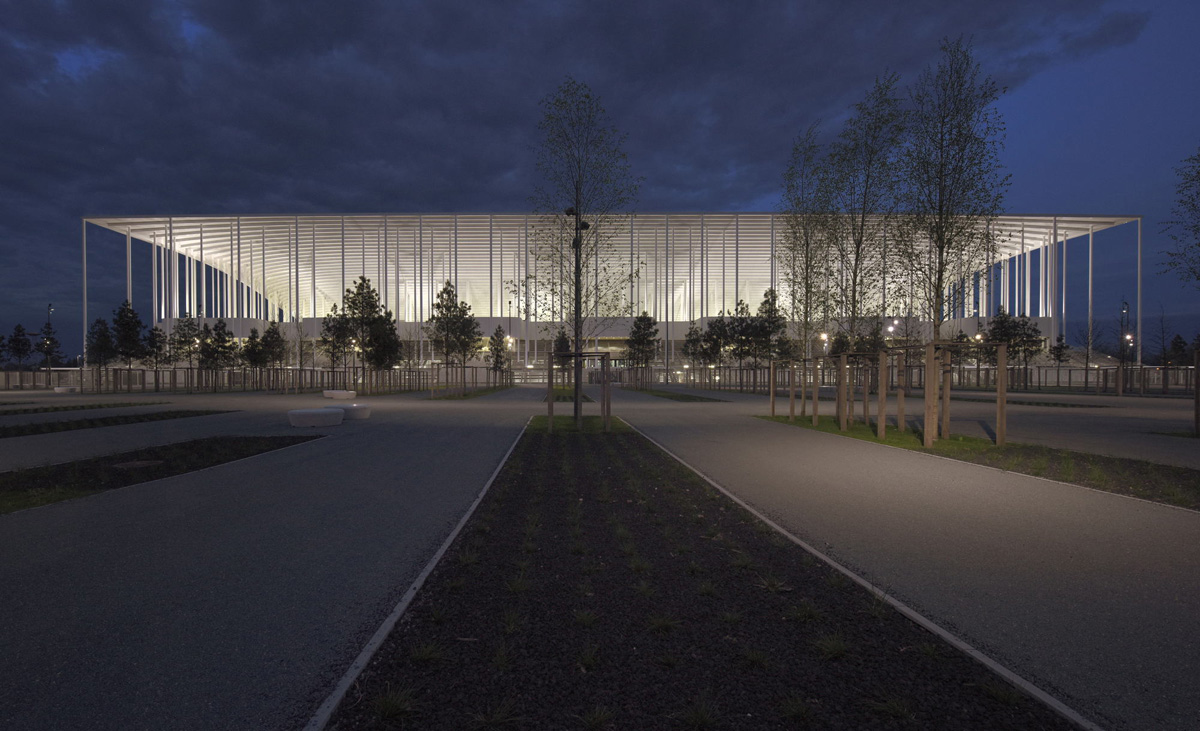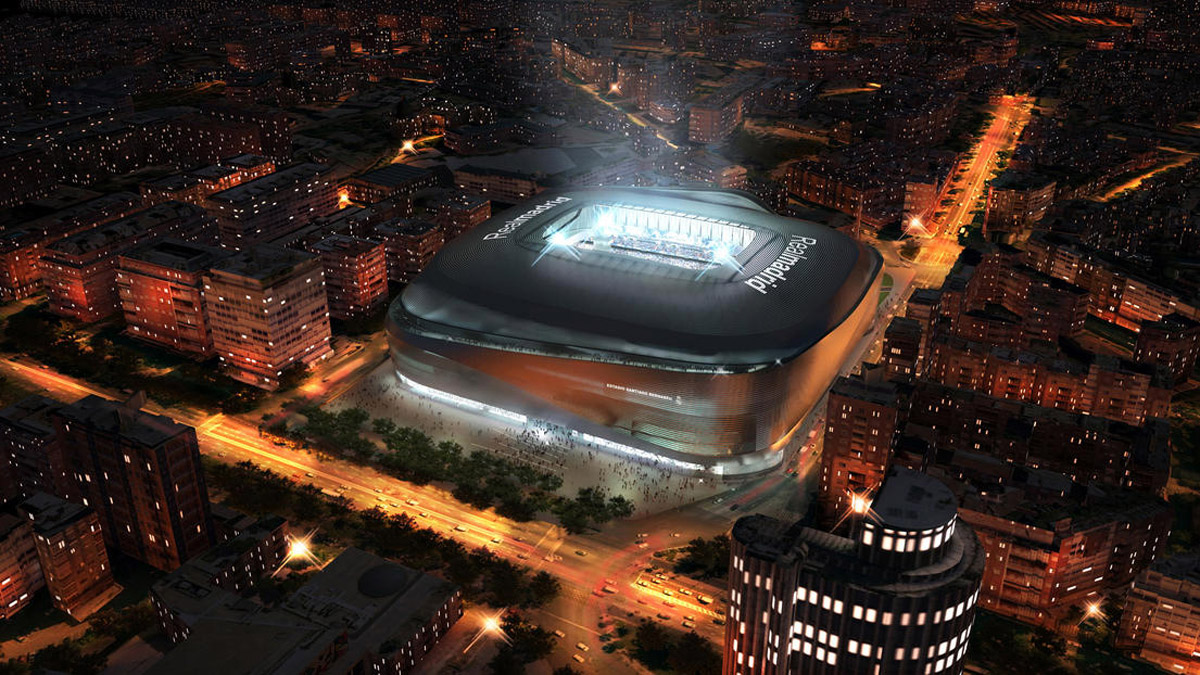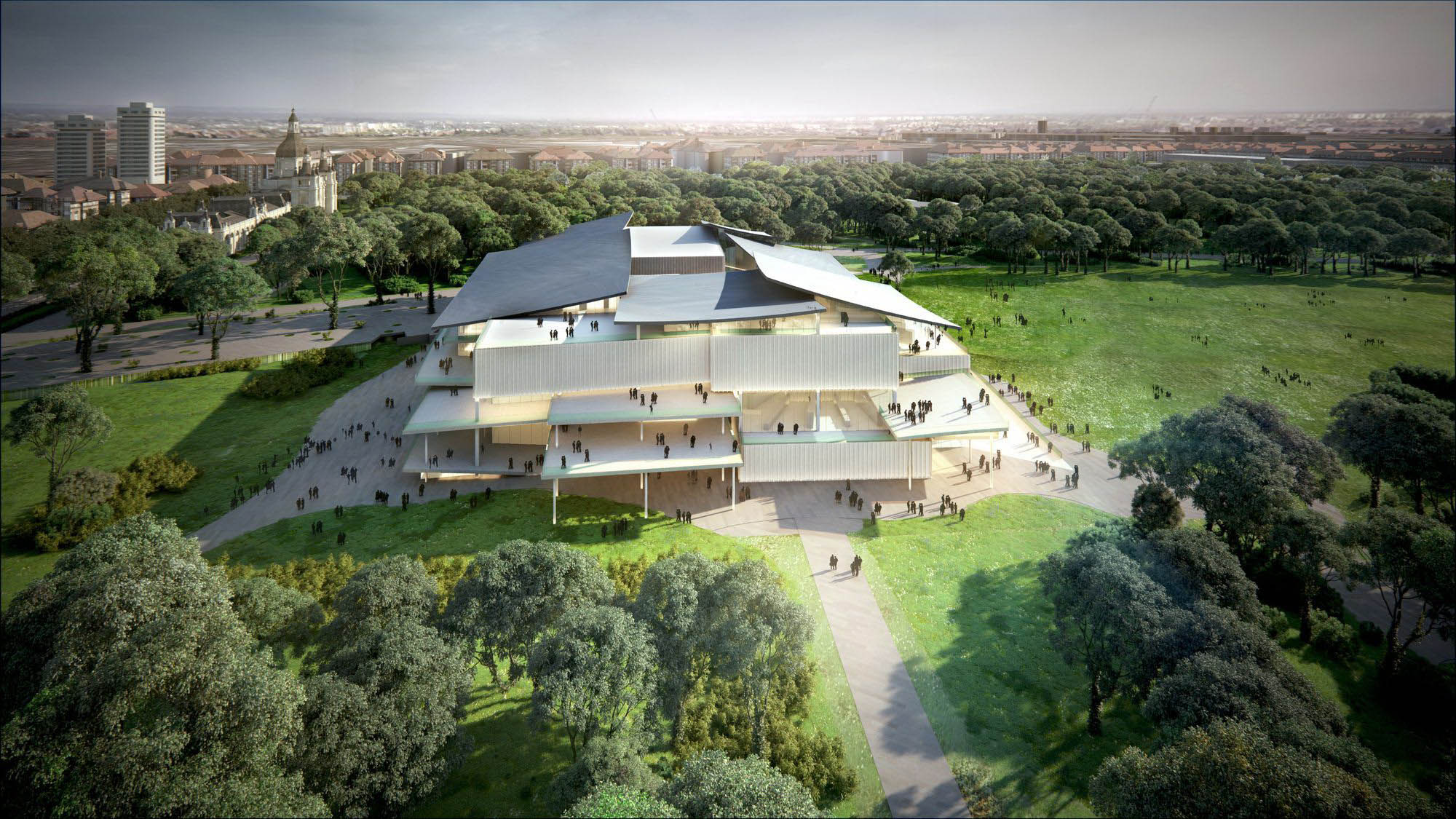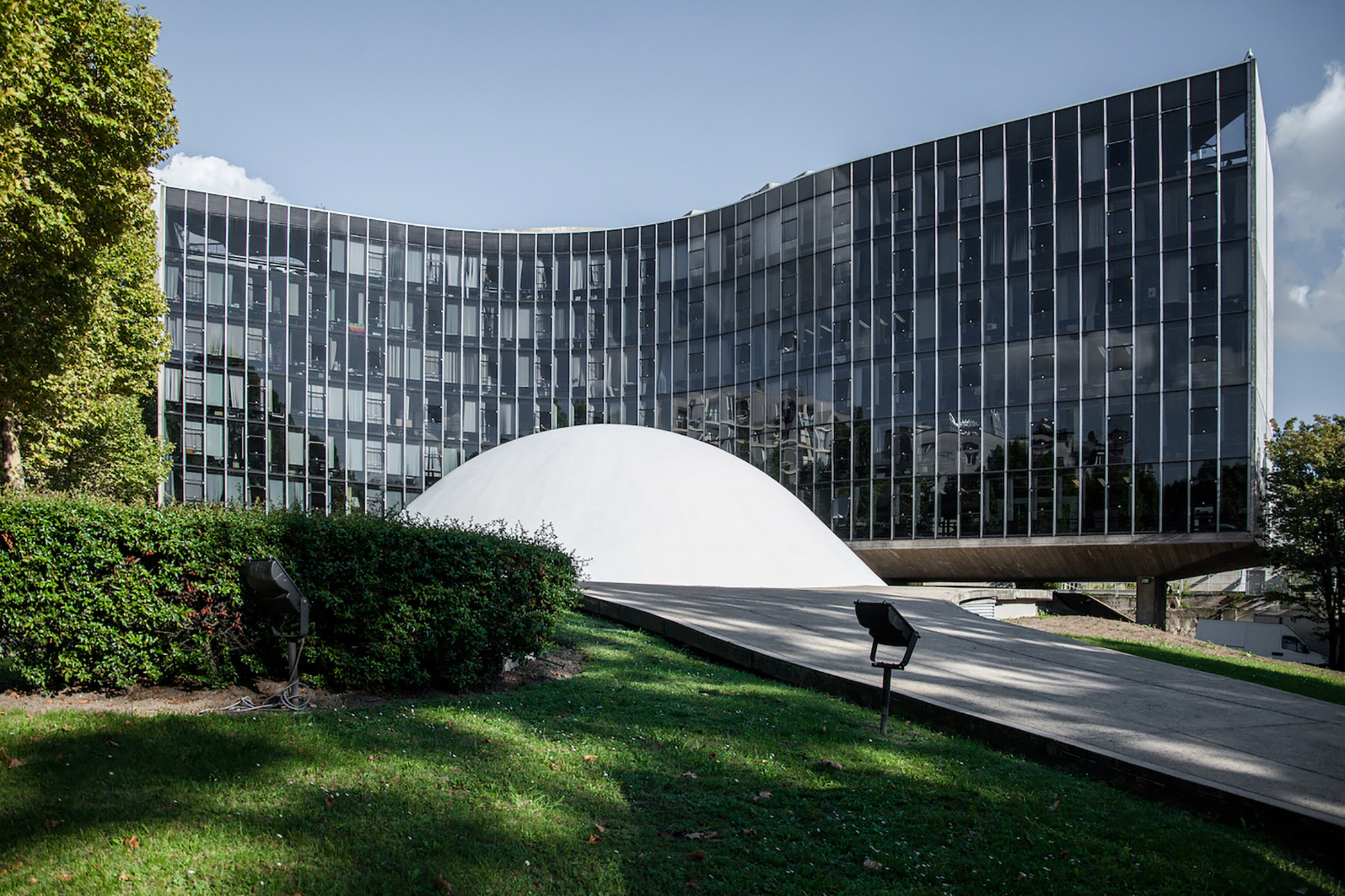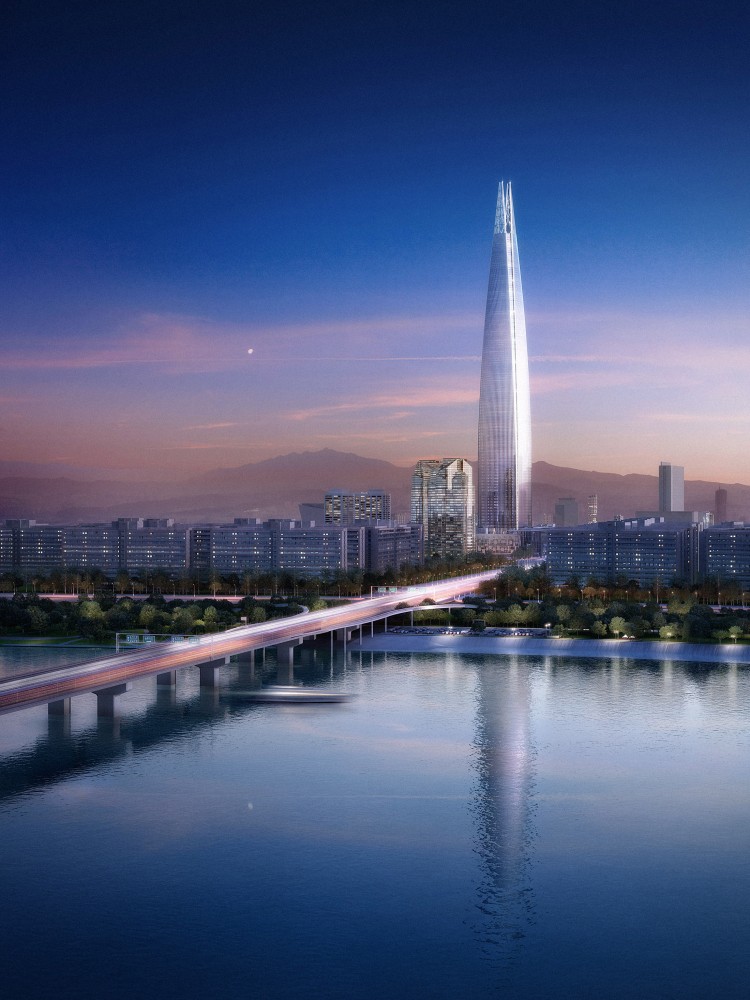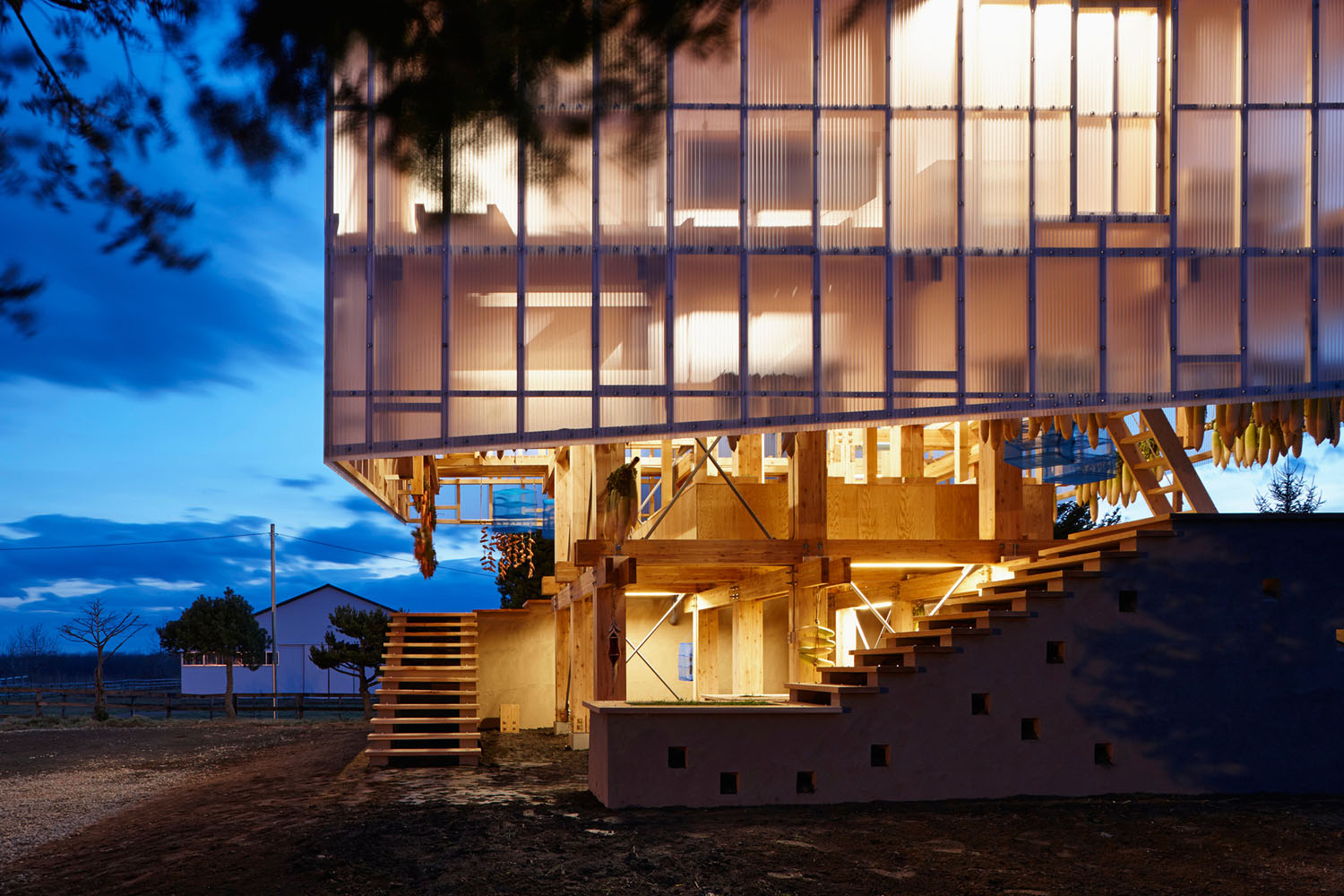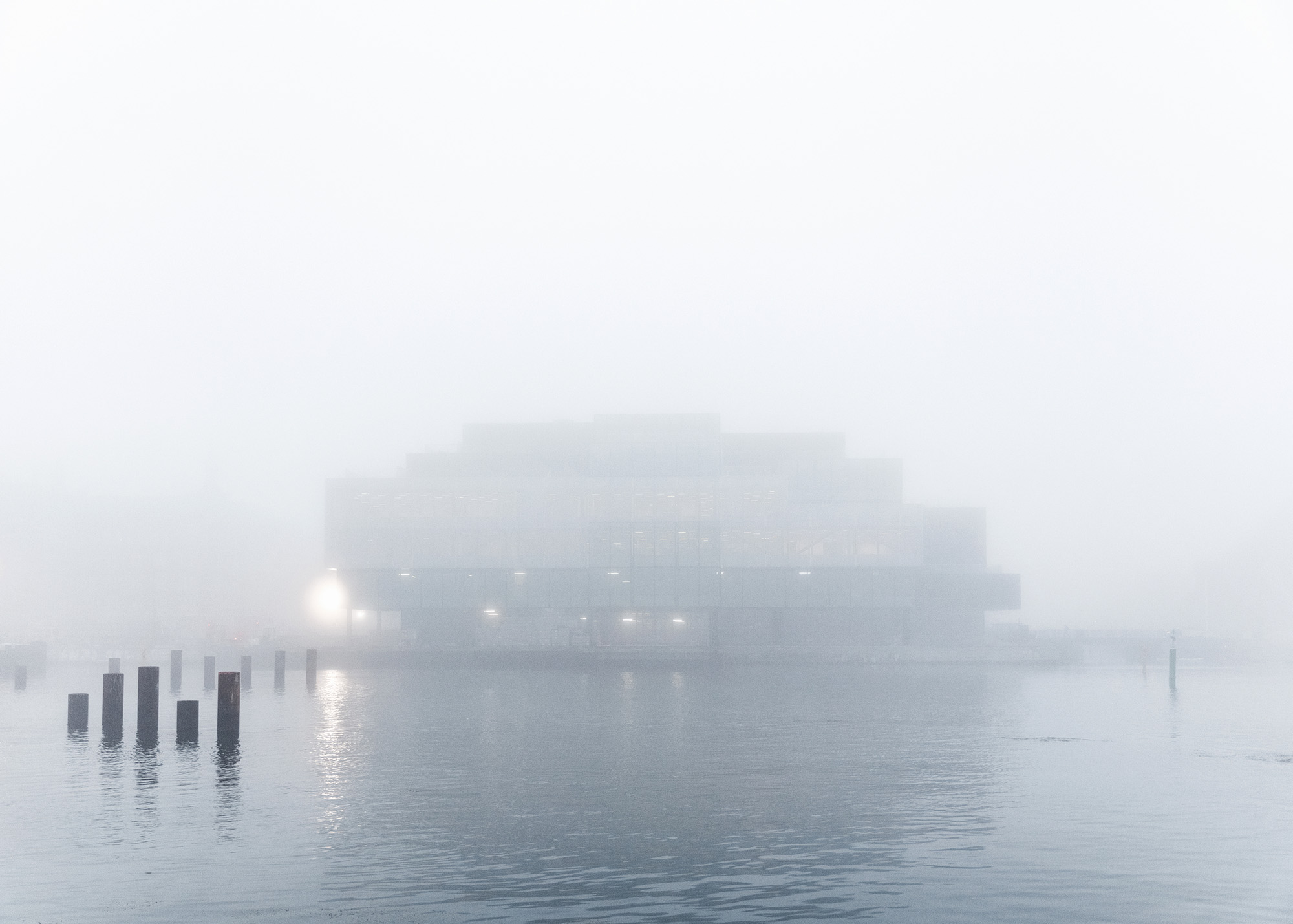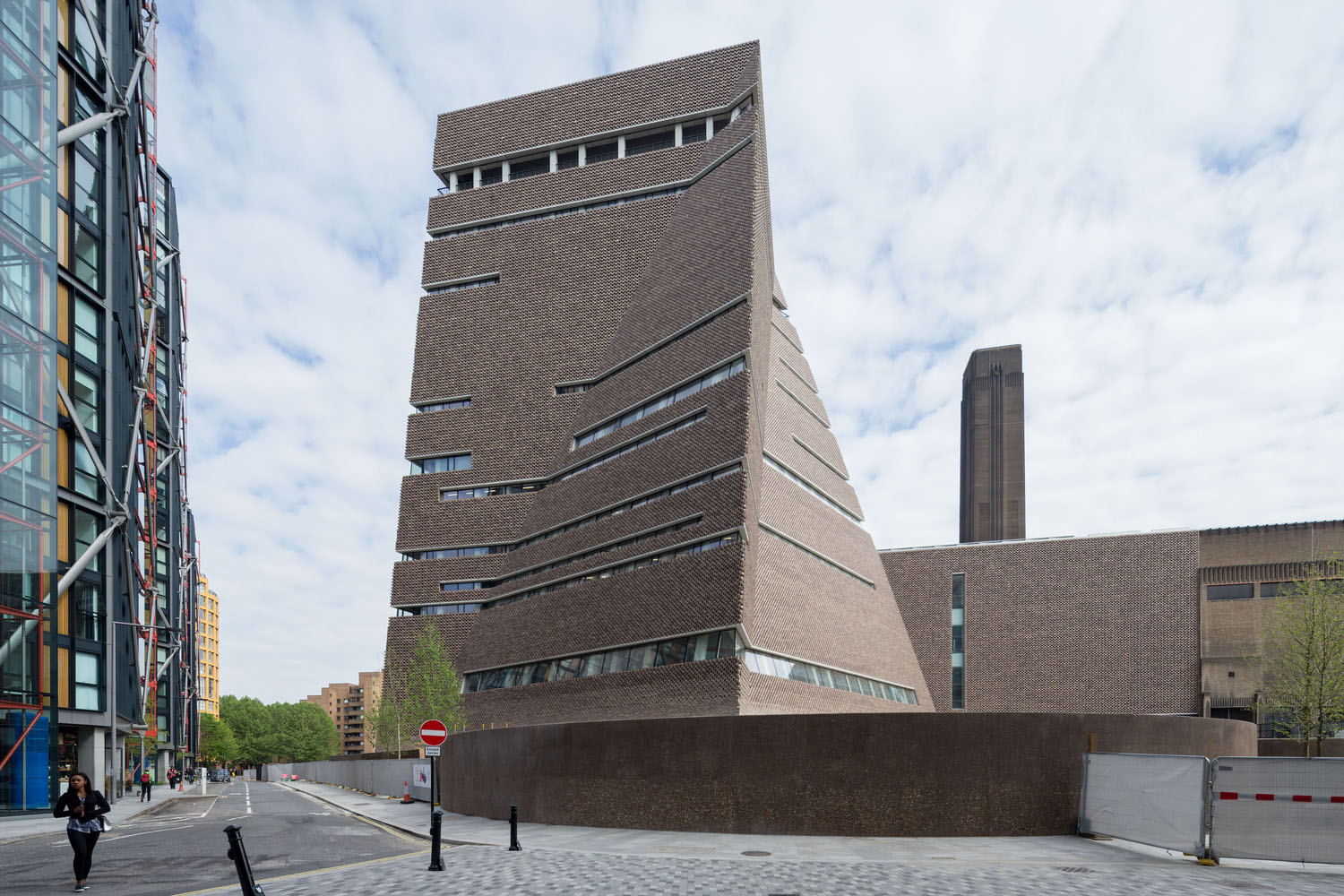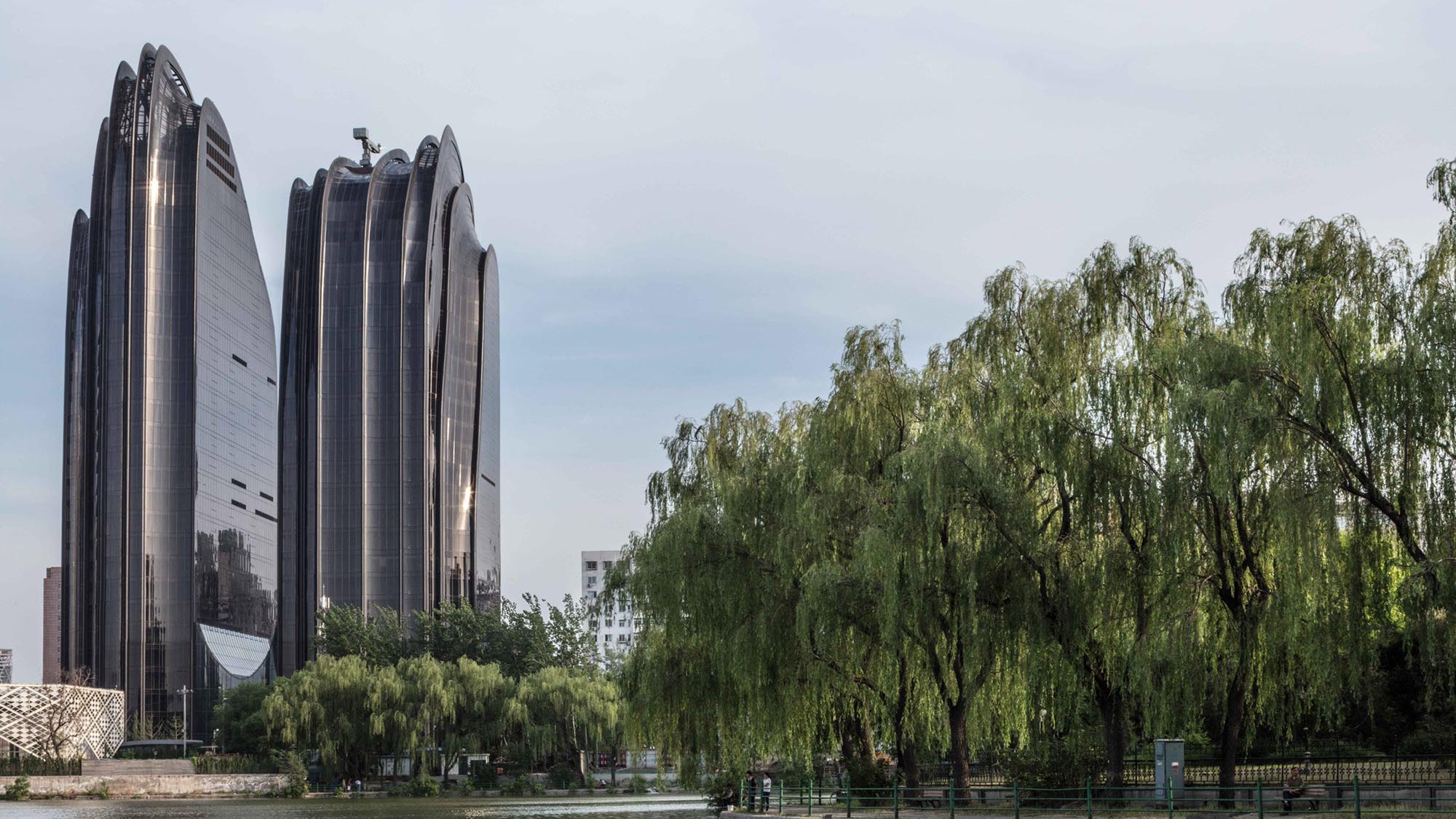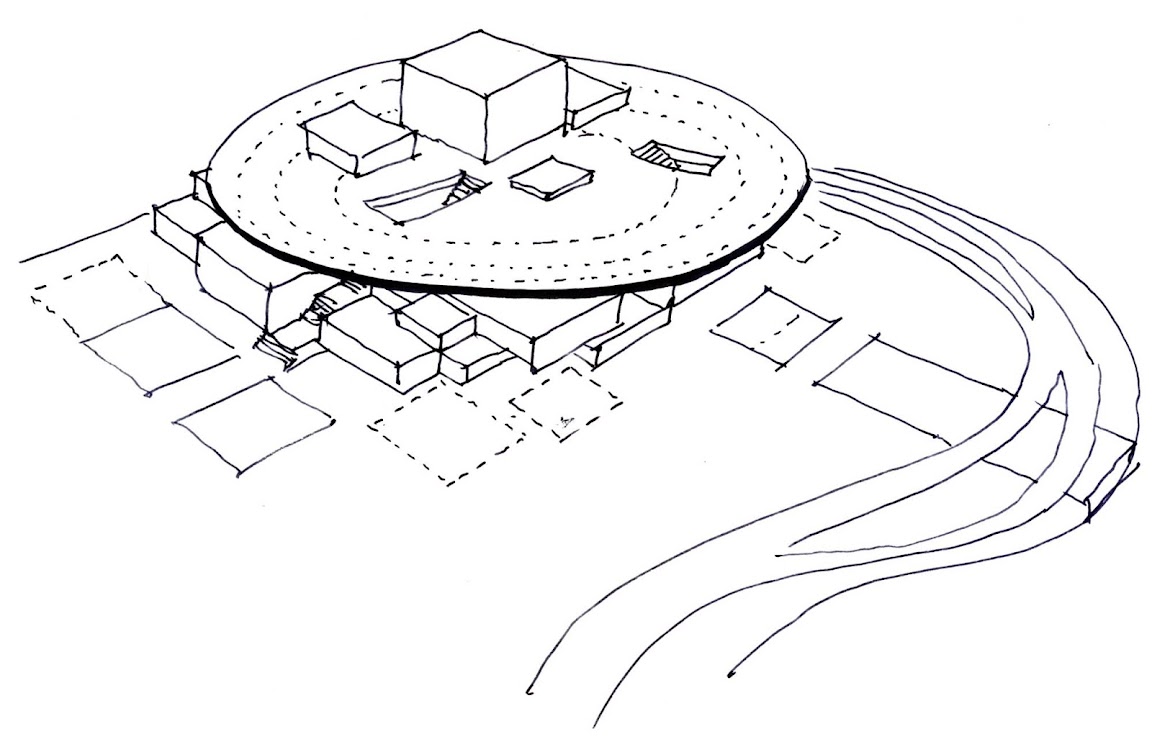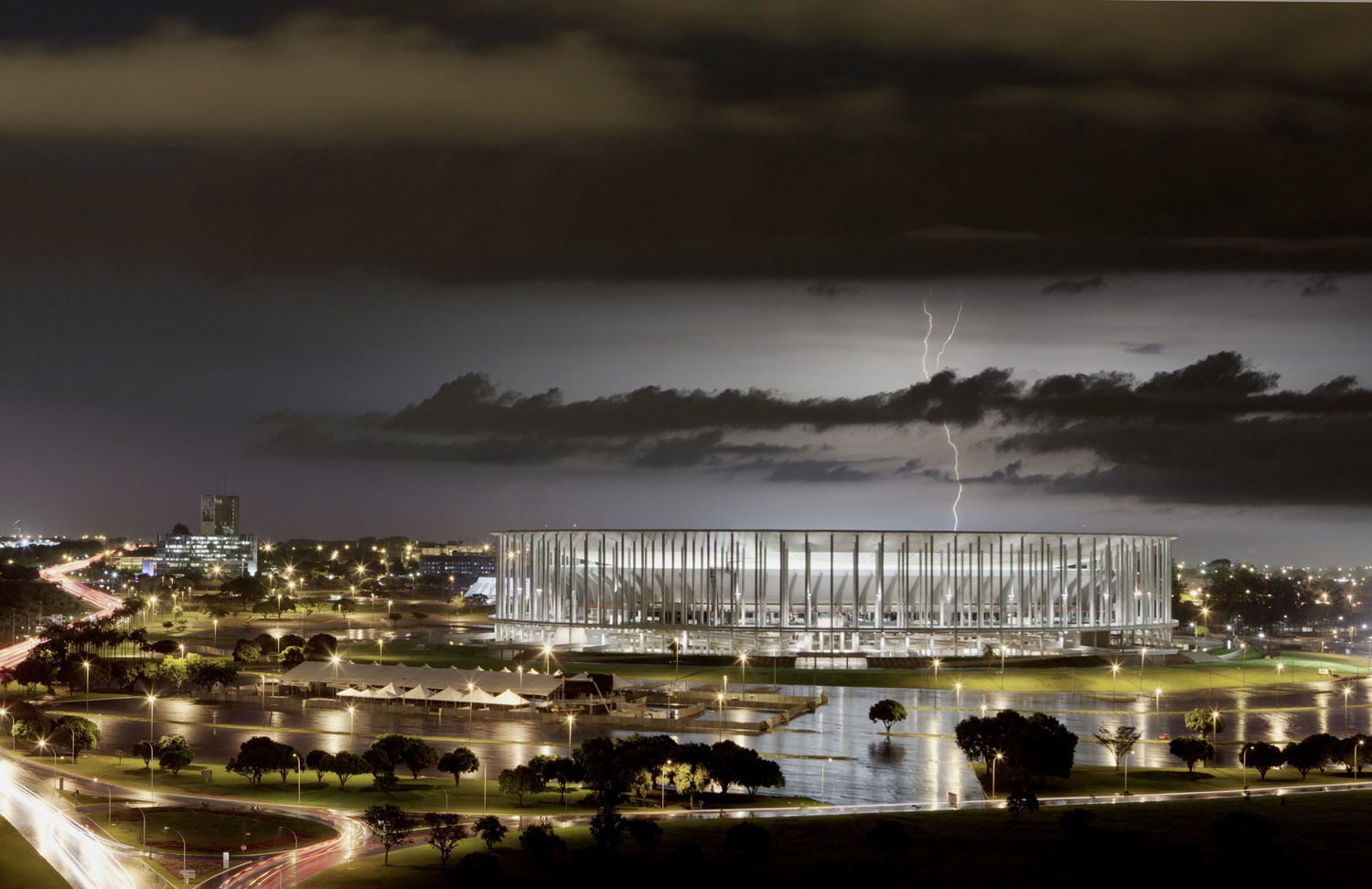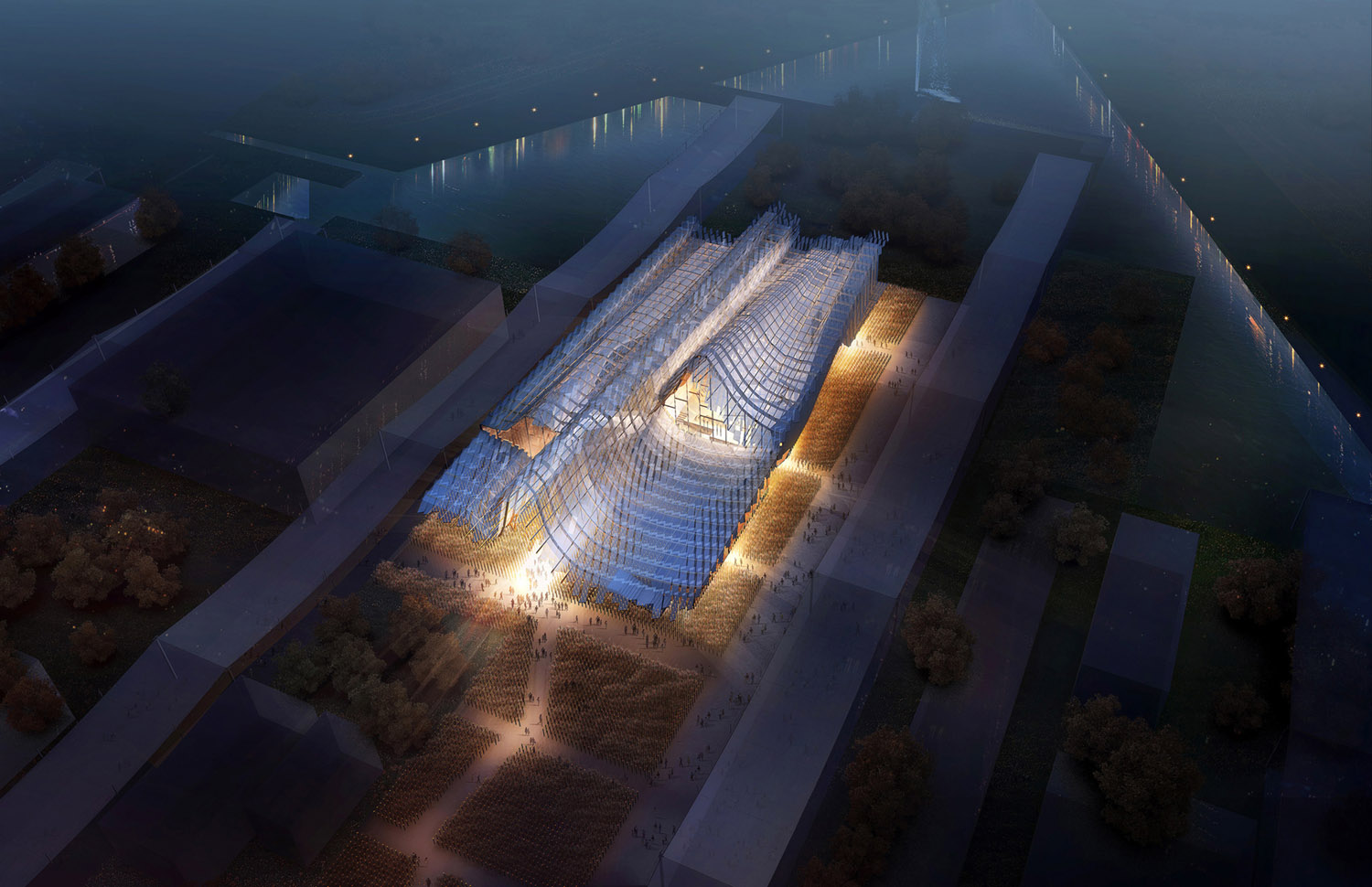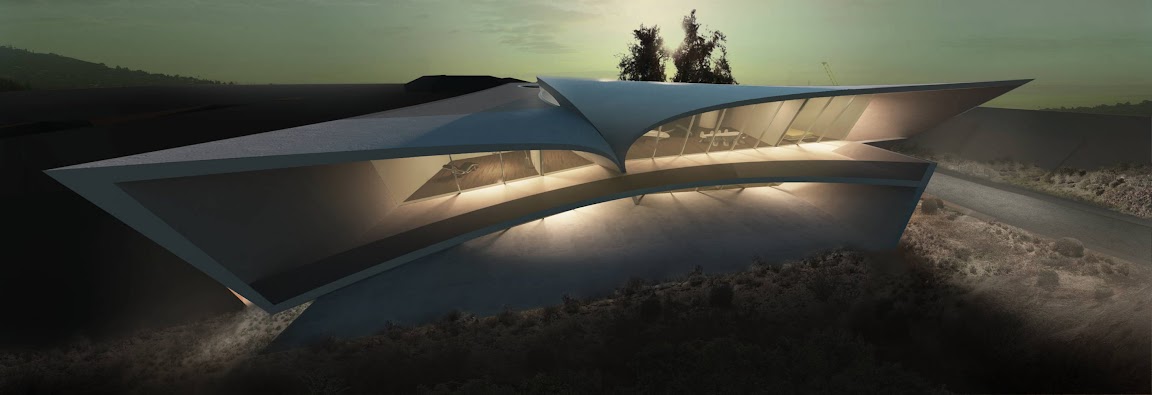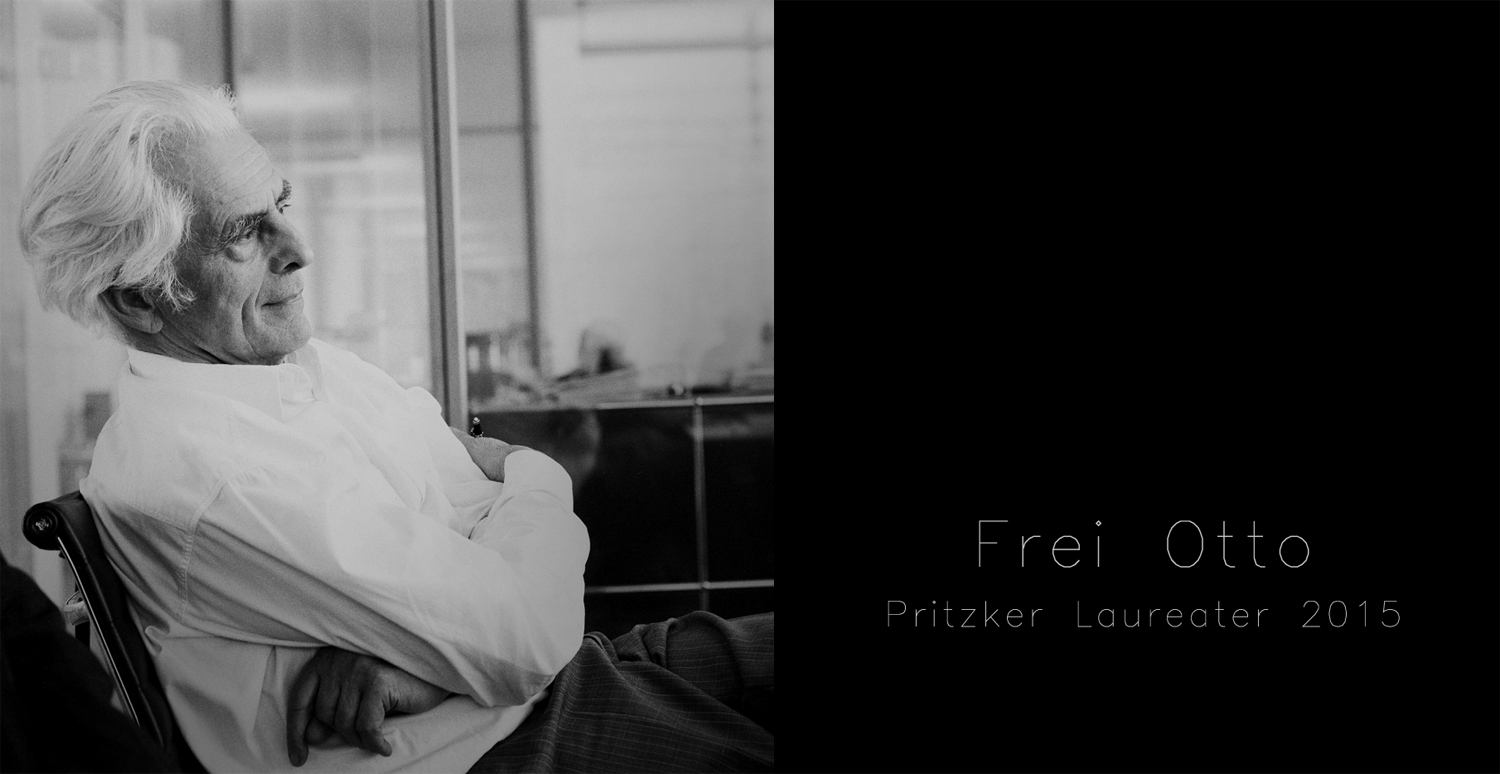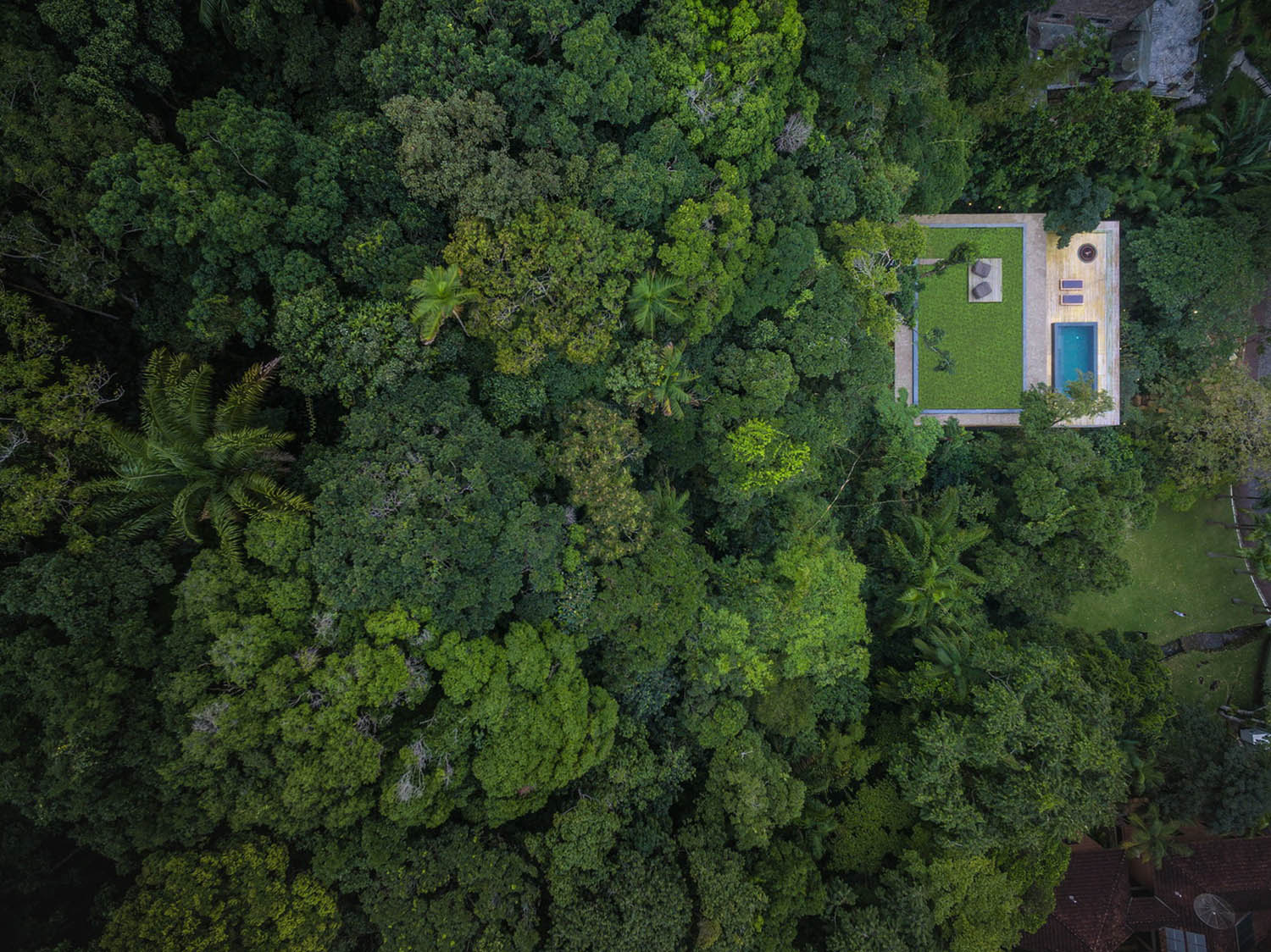












Project: Braga Municipal Stadium
Location: Braga, Portugal
Architects: Eduardo Souto de Moura
Area: 28,000 m2
Capacity: 30,154
Cost: 61,368,781 Euros
Project Year: 2000 – 2003
Photographs: Stefan Costache, Forgemind ArchiMedia
Design Concept
Eduardo Souto de Moura’s architectural philosophy centers on creating structures that harmonize with their surroundings while maintaining a minimalist aesthetic. Commissioned to design the Braga Municipal Stadium in the early 2000s, Souto de Moura faced the challenge of integrating a large-scale sports facility into the natural landscape of Braga, a city rich in history and cultural heritage. Braga, known for its historical landmarks and picturesque landscapes, provided a unique backdrop for this ambitious project.
The design of the Braga Municipal Stadium was inspired by the desire to create a venue that feels like a natural extension of its environment. By utilizing the existing topography of the Monte Castro quarry, Souto de Moura envisioned a stadium that would emerge organically from the rocky landscape. The concept focused on minimal intervention, ensuring that the stadium’s presence would not overshadow the natural beauty of the site. This approach led to the innovative integration of rock-cut stands and a cantilevered roof structure, which together form the stadium’s distinctive silhouette. Additionally, the design draws inspiration from ancient South American Inca bridges, incorporating steel strings that visually connect the stands on either side of the field.
Architectural Features
The stadium’s rock-cut stands are carved directly into the sides of the quarry, creating a dramatic and unique seating arrangement that merges seamlessly with the natural rock face. This design not only enhances the visual impact of the stadium but also provides a natural insulation that improves energy efficiency.
Above the stands, the cantilevered roof structure provides unobstructed views for spectators while offering protection from the elements. The roof’s minimalist design, characterized by clean lines and a lightweight appearance, complements the rugged texture of the quarry walls. The use of local materials and a restrained color palette further reinforce the stadium’s connection to its surroundings, creating a cohesive and harmonious design that stands out for its simplicity and elegance. The thoughtful positioning of the stadium allows spectators without tickets to view matches from the surrounding hillside, reflecting the architect’s consideration for community accessibility.
Construction Process
Constructing the Braga Municipal Stadium within the confines of the Monte Castro quarry presented several challenges. The technical difficulties of carving the stands directly into the rock and ensuring the stability of the structure required innovative engineering solutions. The construction team employed advanced drilling and excavation techniques to shape the seating areas while preserving the integrity of the quarry walls. Additionally, environmental considerations played a crucial role throughout the construction process. Measures were taken to minimize the ecological footprint, including the careful management of waste materials and the protection of local flora and fauna.
The stadium’s integration into the quarry reduces the need for extensive land modification, preserving the natural landscape. The rock-cut stands provide natural thermal insulation, reducing energy consumption for heating and cooling. The use of local materials minimizes transportation emissions and supports the local economy. Furthermore, the stadium’s design incorporates water-saving measures and efficient waste management systems, ensuring a minimal environmental impact. The result is a stadium that harmonizes with its environment while promoting sustainability.
Reception and Legacy
Upon its completion, the Braga Municipal Stadium received widespread acclaim from both the public and architectural critics. Its innovative design and seamless integration with the natural landscape were praised for pushing the boundaries of contemporary stadium architecture. The stadium has since become a symbol of Braga, attracting visitors and sports enthusiasts from around the world. Eduardo Souto de Moura’s work on the stadium earned him numerous awards, including the prestigious Pritzker Prize. The Braga Municipal Stadium has influenced modern stadium design, inspiring architects to explore more sustainable and contextually aware solutions.
Source: OMA
m i l i m e t d e s i g n – w h e r e t h e c o n v e r g e n c e o f u n i q u e c r e a t i v e s









